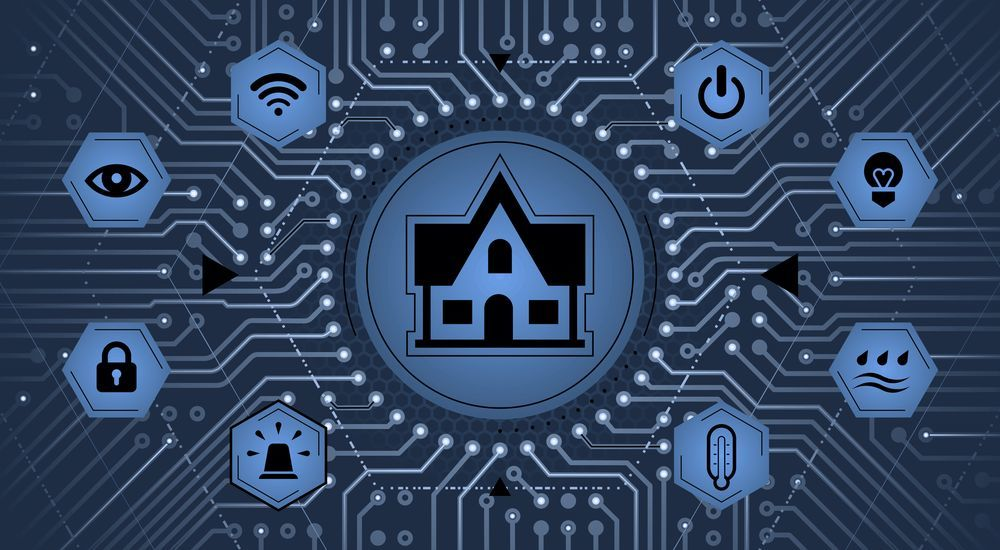 IoT Security
IoT SecurityIoT Security Risks: When Your Smart Home Turns Against You
July 25, 2025 • 9 min read
Smart devices are convenient, but they're also vulnerable to hacking. Learn how to secure your IoT gadgets.
The Internet of Things (IoT) has transformed our homes and workplaces, but this connectivity comes with significant security risks. From smart thermostats and security cameras to connected appliances and voice assistants, each IoT device represents a potential entry point for cybercriminals.
Common IoT Security Risks
1. Default Credentials
Many devices ship with well-known default usernames and passwords that users never change.
2. Lack of Security Updates
Manufacturers may not provide regular security patches, leaving devices vulnerable.
3. Unencrypted Communications
Data transmitted between devices and cloud services may not be properly encrypted.
4. Weak Authentication
Simple PINs or no authentication requirements make devices easy targets.
5. Network Vulnerabilities
IoT devices can expose your entire home network to attacks.
6. Data Privacy Concerns
Devices may collect and transmit personal information without proper safeguards.
Real-World IoT Attack Scenarios
- Compromised baby monitors used for surveillance and harassment
- Smart thermostat manipulation causing extreme temperature changes
- Connected car systems hacked while driving
- Medical IoT devices manipulated to deliver incorrect treatments
- Industrial IoT systems disrupted causing production failures
Home IoT Security Checklist
1. Change Default Credentials
- Always set unique, strong passwords for each device
- Use password managers to handle complex credentials
2. Network Segmentation
- Create separate Wi-Fi networks for IoT devices
- Use guest networks to isolate smart devices from main computers
3. Regular Updates
- Enable automatic updates when available
- Regularly check manufacturer websites for firmware updates
4. Disable Unnecessary Features
- Turn off remote access if not needed
- Disable unused ports and services
- Remove default admin accounts when possible
5. Monitor Network Activity
- Use network monitoring tools to detect unusual traffic
- Set up alerts for unknown devices connecting to your network
Advanced Protection Measures
- Implement IoT security solutions that monitor device behavior
- Use firewalls with IoT-specific rules and protections
- Consider dedicated IoT security hardware for enterprise environments
- Deploy network access control (NAC) solutions
- Use virtual LANs (VLANs) for device segmentation
Enterprise IoT Security
For businesses using IoT devices:
- Conduct thorough security assessments before deployment
- Implement centralized IoT device management
- Use enterprise-grade security monitoring solutions
- Develop IoT-specific security policies and procedures
- Train employees on IoT security best practices
Emerging IoT Threats in 2025
- AI-powered attacks targeting IoT device vulnerabilities
- Ransomware specifically designed for IoT systems
- Supply chain attacks compromising devices during manufacturing
- Botnets using IoT devices for large-scale DDoS attacks
- Cross-platform attacks moving between different IoT ecosystems
Privacy Considerations
- Review privacy settings for each IoT device
- Understand what data is being collected and how it's used
- Disable data sharing features you don't need
- Regularly review and delete stored data
- Consider local-only operation for sensitive devices
Regulatory Landscape
- New IoT security standards and certifications emerging
- Government regulations requiring minimum security standards
- Industry-specific compliance requirements for connected devices
- Increased liability for manufacturers of insecure IoT devices
Future of IoT Security
- Blockchain-based device identity and authentication
- AI-powered anomaly detection for IoT networks
- Hardware-based security modules becoming standard
- Automated security patching and vulnerability management
- Standardized security frameworks across manufacturers
Recovery Planning
- Have a plan for dealing with compromised IoT devices
- Know how to factory reset and secure devices
- Maintain backups of important configurations
- Keep documentation for emergency situations
Remember: Every connected device is a potential vulnerability. While IoT technology offers incredible convenience, it requires careful security management. Don't let the convenience of smart devices compromise your digital safety.
Take action today to secure your IoT ecosystem and protect your connected life from emerging threats.